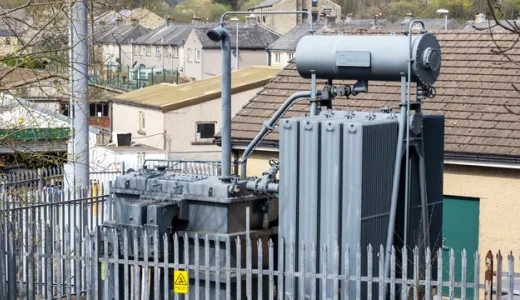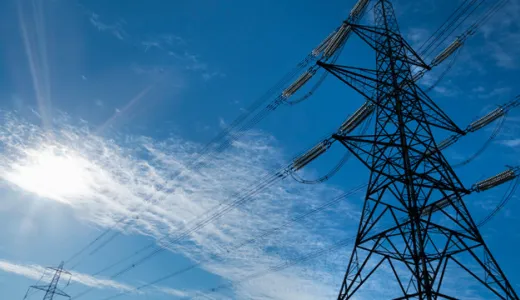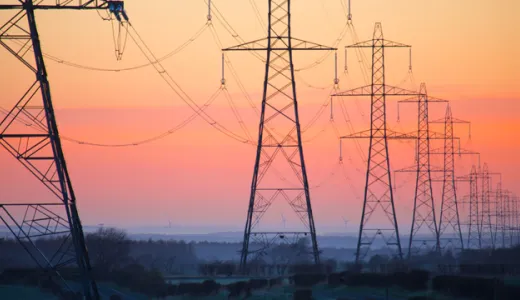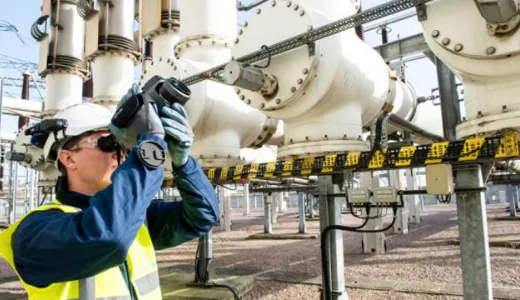What is a substation?
Electrical substations play a key part in effectively transmitting electricity through our national system. Find out what they do, how they work and where they fit into our electricity grid.
There’s more to our electricity system than where power is generated, or the cables that brings it to our homes and businesses. In fact, the national electricity grid comprises an extensive network of specialist equipment that allows for the safe and reliable transmission and distribution of electricity.
Substations are integral features within that grid and enable electricity to be transmitted at different voltages, securely and reliably.
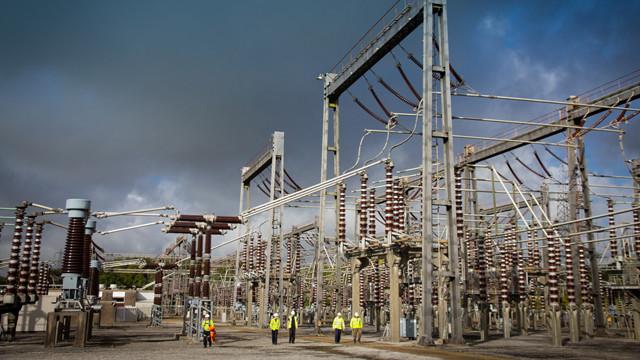
How does an electricity substation work?
One of the main roles of substations is to convert electricity into different voltages. This is needed so the electricity can be transmitted throughout the country and then distributed throughout local neighbourhoods and into our homes, businesses and buildings.
Substations contain the specialist equipment that allows the voltage of electricity to be transformed (or ‘switched’). The voltage is stepped up or down through pieces of equipment called transformers, which sit within a substation’s site.
Transformers are electrical devices that transfer electrical energy by means of a changing magnetic field. They consist of two or more coils of wire and the difference in how many times each coil wraps around its metallic core will affect the change in voltage. This allows for the voltage to be increased or decreased.
Substation transformers will fulfil different purposes in voltage conversion depending on where electricity is in its transmission journey.
Where do substations fit into the electricity network?
There are two classes of substation; those that form part of the transmission network (which operates at 275kV and above) and those that form part of the distribution network (which operates at 132kV and below).
Transmission substations
Transmission substations are found where electricity enters the transmission network (often near a major power source), or where it leaves the transmission network for distribution to homes and businesses (known as a grid supply point).
Because the output from power generators – such as nuclear plants or wind farms – varies in voltage, it must be converted by a transformer to a level that suits its means of transmission.
Transmission substations are the 'junctions' where circuits connect to one another, creating the network around which electricity flows at high voltage.
Once electricity has entered the grid safely, it's then transmitted – often over vast distances – through high-voltage transmission circuits, commonly in the form of the overhead power lines (OHLs) you see supported by electricity pylons. In the UK, these OHLs run at either 275kV or 400kV. Increasing or decreasing the voltage accordingly will ensure that it reaches local distribution networks safely and without significant energy loss.
Where electricity leaves the transmission network, a grid supply point (GSP) substation steps the voltage down again for safe onward distribution – often to an adjacent distribution substation.
Distribution substations
When electricity is routed from the transmission system into a distribution substation via a GSP, its voltage is lowered again so it can enter our homes and businesses at a usable level. This is carried through a distribution network of smaller overhead lines or underground cables into buildings at 240V.
With the growth of power sources connecting at a local network level (known as embedded generation), electricity flows can also be switched so that GSPs export energy back onto the transmission system to help balance the grid.
Find out more about the difference between transmission and distribution
What else do substations do?
Transmission substations are where big energy projects connect to the UK's electricity grid. We connect all sorts of technologies to our network, with several gigawatts being plugged in each year.
Over the years we’ve connected over 90 power generators – including almost 30GW of zero carbon sources and interconnectors – which are helping make Britain one of the world’s fastest decarbonising economies.
Connections also take power from the transmission network, for example through GSPs (as described above) or for rail operators.
Substations also contain equipment that helps keep our electricity transmission and distribution systems running as smoothly as possible, without repeated failure or downtime. This includes protection equipment, which detects and clears faults in the network.
Who owns substations in the UK?
National Grid owns more than 300 large substations, where 275kV and 400kV overhead power lines or underground cables are switched and where electricity is transformed for distribution to surrounding areas.
Smaller substations are owned and maintained by local distribution networks, including our Electricity Distribution business (formerly Western Power Distribution).
Find out who your distribution network operator is
Is living next to a substation safe?
In past years there has been some debate about whether living next to substations – and indeed power lines – is safe, because of the electromagnetic fields (EMFs) they produce.
Such concerns are taken seriously and our priority is to keep the public, our contractors and employees safe. All substations are designed to limit EMFs in line with independent safety guidelines, set to protect us all against exposure. After decades of research, the weight of evidence is against there being any health risks of EMFs below the guideline limits.
Find out more about EMFs and substations
However, a substation can pose a very real risk of electrocution, serious injury or death if the equipment is interfered with. Under no circumstance should members of the public enter a substation site or touch any of the equipment inside them.
All substations are fenced off from the general public and feature yellow and black triangular signs that carry electrocution warnings.
Last updated: 23 Jan 2024
The information in this article is intended as a factual explainer and does not necessarily reflect National Grid's strategic direction or current business activities.
